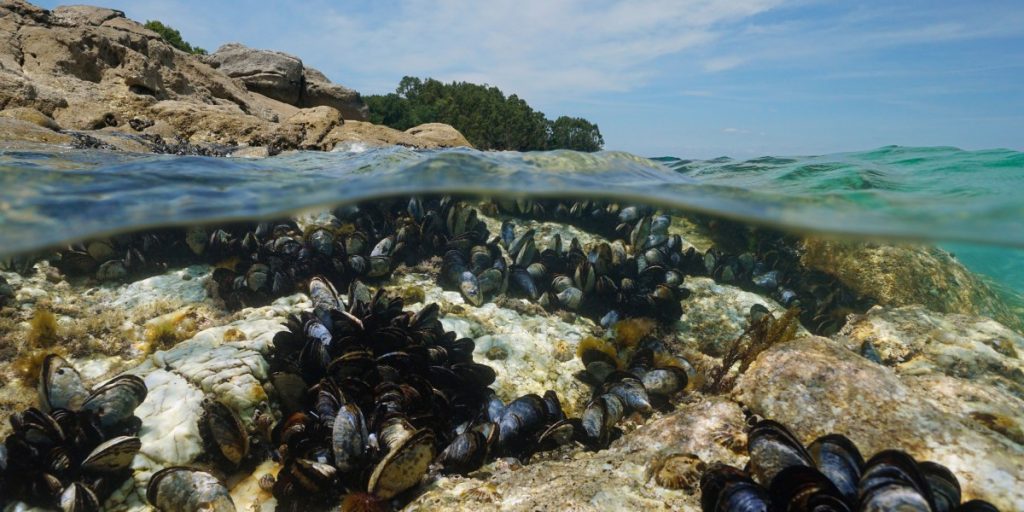
A brand new kind of glue developed by researchers from MIT and Germany combines sticky polymers impressed by the mussel with the germ-preventing properties of one other pure materials: mucus.
To stay to a rock or a ship, mussels secrete a fluid filled with proteins linked by chemical cross-links. Because it occurs, related cross-linking options are present in mucin—a big protein that, apart from water, is the first part of mucus. George Degen, a postdoc in MIT’s Division of Mechanical Engineering and a coauthor of a paper on the work, puzzled whether or not mussel-inspired polymers may hyperlink with chemical teams in mucin.
To check this concept, he mixed options of pure mucin proteins with artificial mussel-impressed polymers and noticed how the ensuing combination solidified and caught to surfaces over time.
“It’s like a two-part epoxy. You mix two liquids collectively, and chemistry begins to happen in order that the liquid solidifies whereas the substance is concurrently gluing itself to the floor,” Degen says.
The ensuing gel strongly adheres even to moist surfaces whereas stopping the buildup of micro organism. The researchers envision that it might be injected or sprayed as a liquid, which might quickly flip right into a sticky gel. The fabric would possibly coat medical implants, for instance, to assist stop an infection. The method may be tailored to include different pure supplies comparable to keratin, which is perhaps utilized in sustainable packaging supplies.




